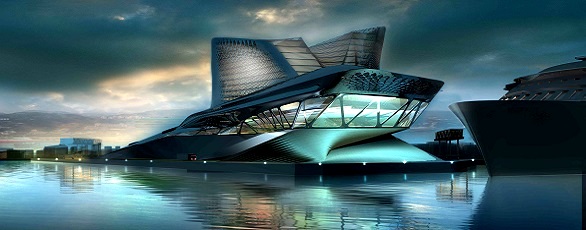Feasibility Study of Applying the Biophilic Approach in Sustainable Urban Planning-A Case Study of Babol City
Pages : 209-216, DOI: https://doi.org/10.14741/ijmcr/v.13.3.12Download PDF
This study examines the potential of transforming the city of Babylon into a biophilic city using the VIKOR model. Considering the geographical features, favorable climate, and existing ecological capacities, the environmental, social, and economic indicators affecting this transformation have been identified and analyzed. Initially, a set of key indicators including urban green cover, air quality, sustainable water resource management, social participation, and implementation costs were determined and weighted using expert opinions. Based on these indicators, four implementation strategies were evaluated, including the creation of biophilic parks, the development of green roofs and walls, green walkways, and sustainable water resource management. VIKOR model calculations showed that the creation of biophilic parks has better performance in terms of indicators such as green cover, air quality, and social participation, and is recommended as a more desirable option for the development of the city of Babylon. In addition, the implementation of green roofs and green walkways are also significant as complementary strategies for achieving sustainable urban development. In contrast, sustainable water resources management is a lower priority due to its high implementation costs and limited impact on environmental indicators. The results of this study indicate the importance of combining extensive green spaces, utilizing green structures, and enhancing citizen participation in environmental protection, which can make Babol a successful example of urban biophilism
Keywords: Urban biophilism, VIKOR model, sustainable development, green space, urban planning





